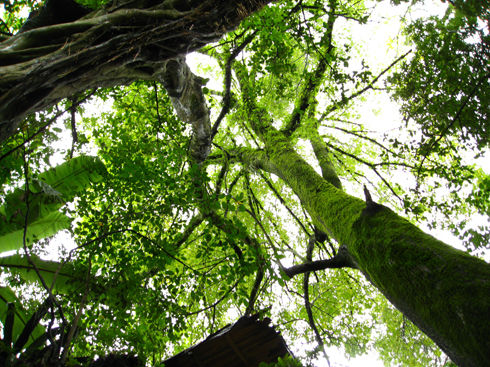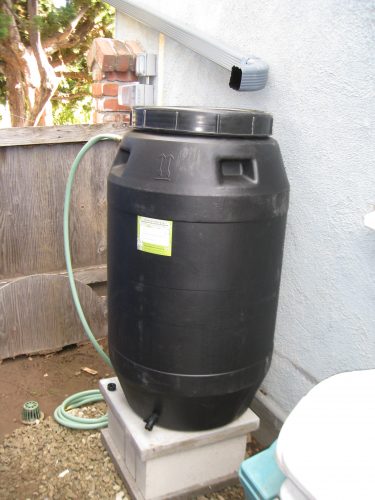A savvy gardener writes in:
“My young mission fig tree has very few fruit forming, can I use an organic fertilizer now to encourage more fruit output?”
In general, the best time to fertilize fig trees is in spring and as needed until late summer (which is now for Californians) – so go ahead and fertilize your fig. Many fig trees don’t require fertilizing at all, but there may be some conditions that are contributing to your low fig yield:
Fig trees can take up to two years to produce fruit from their planting date. You mentioned that your fig is young, though I don’t know how young.
Figs like well-drained soil with a pH ideally between 6.5-7.0, and full sunlight in order to produce the best tasting fruit.
Prune your fig tree of old wood in the winter using “thinning cuts” rather than “heading cuts” to open the tree up and allow sunlight to ripen the fruit. Keep in mind though that the spring crop produces on last season’s wood and heavy pruning can reduce yield.
I have also read that fig trees produce better if their roots are restricted, but it sounds like your tree is too young to have that problem.
In the first year, fig trees need adequate moisture and will most likely need to be hand-watered until fully established.
Here is a common explanation for fertilizing that I found on the net:
Fertilization: Regular fertilizing of figs is usually necessary only for potted trees or when they are grown on sands. Excess nitrogen encourages rank growth at the expense of fruit production, and the fruit that is produced often ripens improperly, if at all. As a general rule, fertilize fig trees if the branches grew less than a foot the previous year. Apply a total of 1/2 – 1 pound of actual nitrogen, divided into three or four applications beginning in late winter or early spring and ending in July.
Given that we have a long growing season, I think it’s fine to fertilize as late as mid-September. Recommended fertilizer mixture is 10-30-10 or 10-20-20 NPK.
Thanks for writing in, and keep us posted on your fig tree.



